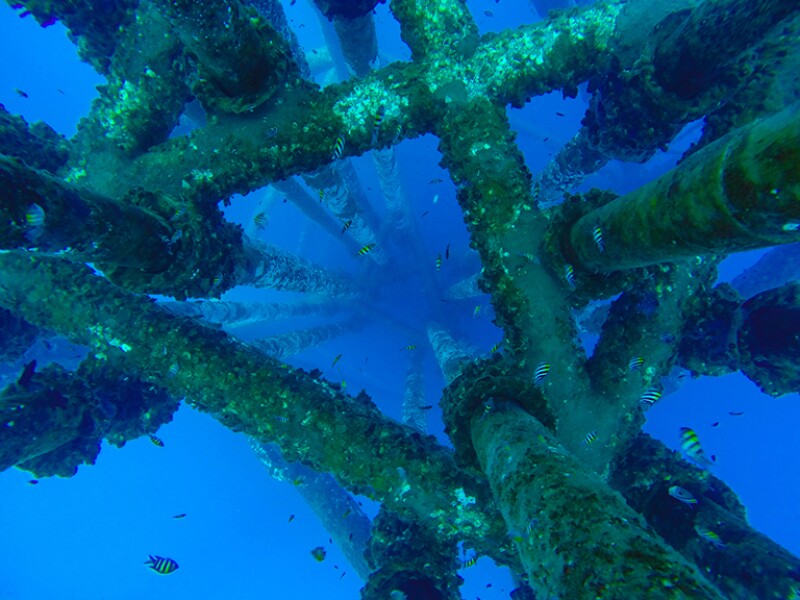The decommissioning of offshore fields includes pipelines, flexible flowlines, umbilical lines, and other subsea infrastructure. Decommissioning decision-makers often need to determine the best and most-practicable options for these structures, including leave-in-place (LiP) strategies or removal. This study presents results from several evaluations of pipelines, flowlines, and power cables using proven methods such as net environmental benefit analysis (NEBA), human health and ecological risk assessment (HHERA), and comparative environmental assessment (CEA) to support the determination of environmentally superior decommissioning options.
Methods
Various pipeline decommissioning options were evaluated using several key methodologies in this study. A NEBA was completed through a detailed analysis of a group of hard-structure (i.e., steel) pipelines.


